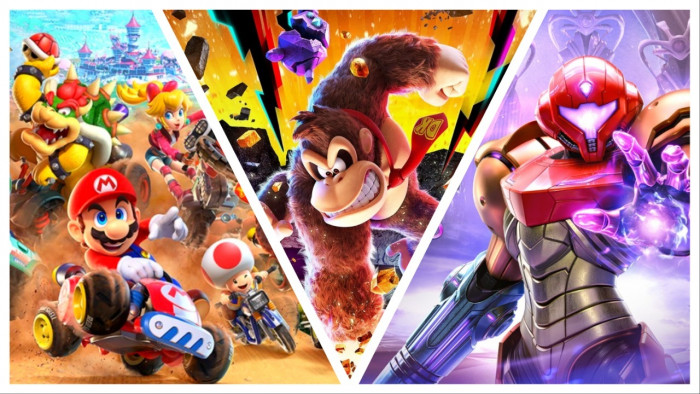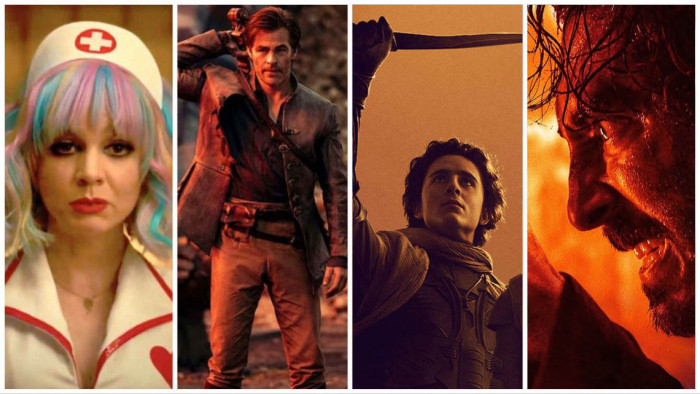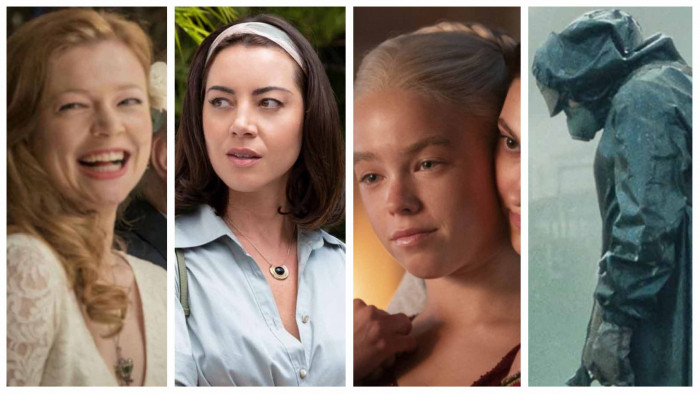It’s 30 years since John Lennon was shot four times on his doorstep, leaving behind an incomparable collection of work. The Charlatans’ Tim Burgess reveals exclusively in ShortList how Lennon’s genius influenced him.
I remember 8 December 1980.
I was 13, living in a village on the outskirts of Manchester. Mum and Dad were at work and I went to my friend Simon Owen’s house to see if he was ready for school. He told me John Lennon had died. Thirteen is a very impressionable age and I was really upset — the journey on the bus to school was solemn and, as the day progressed, nobody could stop talking about it. The kids who, like me, were into punk were just as shocked as the mod kids, the straight-edge woodwork teachers and hippy-as-f*ck science teachers. I remember my whole school being affected by it.
When I got back home my dad was devastated and Mum was crying, I think the whole street was — the whole world. Watching it on the news that evening I remember seeing Paul McCartney talking about it, ready to burst into tears. I didn’t even know the guy and I was moved. It was as big as Elvis.
What’s funny is that of all the rock star deaths of my childhood, it was Sid Vicious’s that upset me the most. My first love was punk, so Sid was my first real experience of grief. I also remember friends of mine being really upset over the death of Marc Bolan. But John Lennon’s death sparked an absolute global outpouring.
I didn’t really consider Lennon an icon then, not in 1980. As a teenage punk I wasn’t allowed to be a Beatles fan; it was considered ‘grown-up’ music. There were a couple of kids who were into The Beatles, but they liked The Beatles and Mike Oldfield, which made them a bit weird. But the first time I heard Imagine — in a churchyard soon after he died, as I walked between the gravestones — it sounded like a hymn. Grown-up, yes, but solemn as a ghost.
I started investigating Lennon’s music soon after that. I remember my dad having the red and blue Beatles compilation albums. He was really into the red album, the pop stuff, but I was more interested in the blue one, the later songs. Everything was incredibly familiar about it; there was more colour there, and darkness too. I Am The Walrus and Strawberry Fields Forever were the ones that really drew me in. Walrus is quite sinister in a lot of ways, but it has that Alice In Wonderland vibe to it, which also makes it quite child-friendly.
For me, punk was funny, I was interested in the cartoon element of it, and the Strawberry Fields-era Beatles were cartoonish too, with their psychedelic images and Yellow Submarine vibe.
Rock’n’roll rebel
The more I got into them, the more I realised that The Beatles might have been the enemies of punk, but in a lot of ways John himself was a punk. That’s what was so exciting about him — Lennon, Dylan and Keith Richards were punk rockers before it was even invented. Listening to John Lennon made me think about bands such as The Clash and Crass’s Penny Rimbaud, and I realised that they’d got into what they were doing through John and Yoko.
Sure, he was the ultimate hippy, but I was excited by John’s anger — he had a beard but he was angry so he blurred the lines. And I followed suit. So what if you weren’t allowed to like The Beatles if you were a punk? I’d be a proper punk — I had no rules.
His significance grew for me as I grew. Some of The Beatles’ singles had already found their way into my collection — Eight Days A Week, Please Please Me and the one with This Boy [B-side of I Want To Hold Your Hand] on it, but it was later, when I was about 18 and first started going to the Hacienda, that I started getting the albums one by one. They were always re-releasing the back catalogue and there was a time you could buy the whole lot for £100.
Our first manager had a record shop, though, and I’d buy them individually. I found it fascinating, following Lennon’s development through those incredible records. His first stroke of absolute genius was In My Life from Rubber Soul, the point where he stopped singing about girls all the time and started writing about deeply personal issues, touching on his own life. From then on everything he did within music was an incredible leap forward, a leap that no one had made before, whether it was inventing dance music on Tomorrow Never Knows or encapsulating the Sixties psychedelic movement with A Day In The Life.
For me, the pinnacle of his work with The Beatles is Happiness Is A Warm Gun; a song that starts off and never goes back to the beginning again, never repeats itself. It goes off on this great journey of discovery until you get to the end and you realise it’s all over. And lyrically it’s so dark, probably about John’s experimentation with heroin — there’s a morbid fascination that runs through it.
It was always the psychedelic part of The Beatles that I loved the most and that was, in my opinion, led by John. Their brand of psychedelia was hugely influential on The Charlatans — our first album, Some Friendly, worked off that influence, and Forever from Us And Us Only takes some direction from tracks such as Strawberry Fields and Tomorrow Never Knows. I wasn’t in a band when I first heard his music, but it cemented what I wanted out of a band: the rebel John. When The Charlatans got together, Rob Collins, our keyboard player, was a complete John fan, he had everything — he was even into Julian Lennon! We’d sit up and watch Beatles documentaries, there was real Beatlemania on the Charlatans bus.
Me and Rob wanted to be Lennon & McCartney. In fact, Lennon was, without doubt, an influence on the entire baggy movement. You only have to listen to the experimental swirls of Rain or Tomorrow Never Knows to see the link between Lennon and The Stone Roses or The Only One I Know. During baggy, the Beatles vs Stones rivalries returned — everyone would argue whether Rain by The Beatles was better than Child Of The Moon by The Rolling Stones, despite the fact that they’re actually very similar songs.
Latest
Related Reviews and Shortlists










